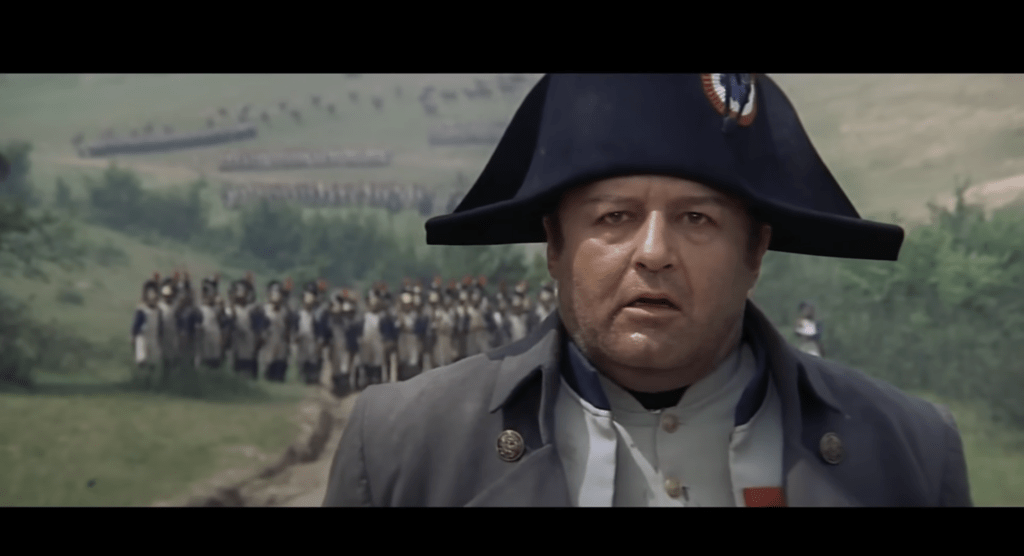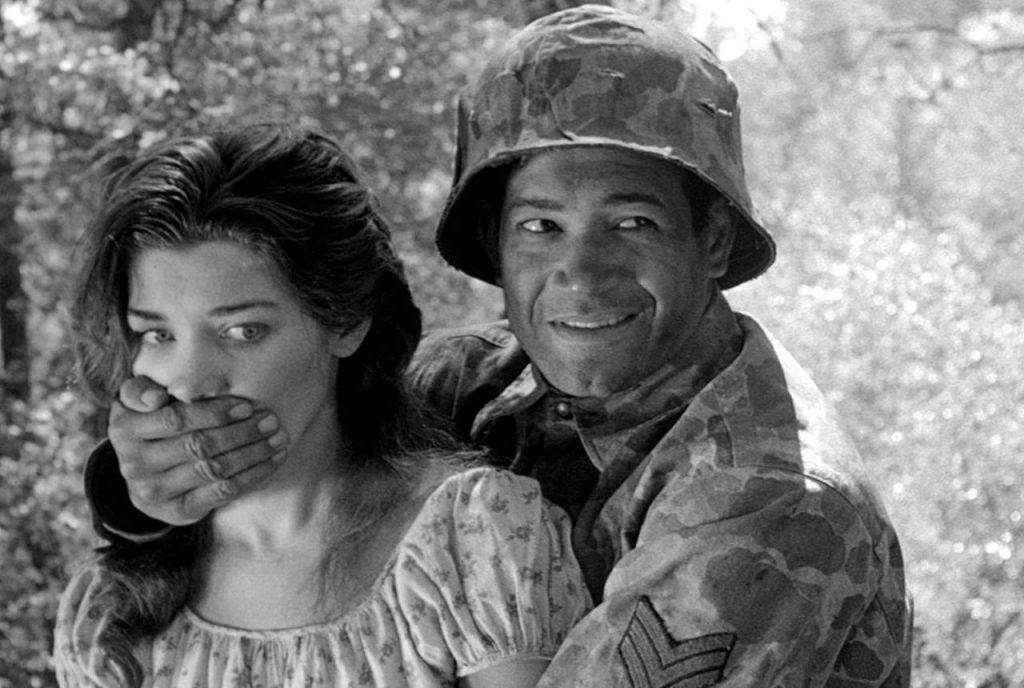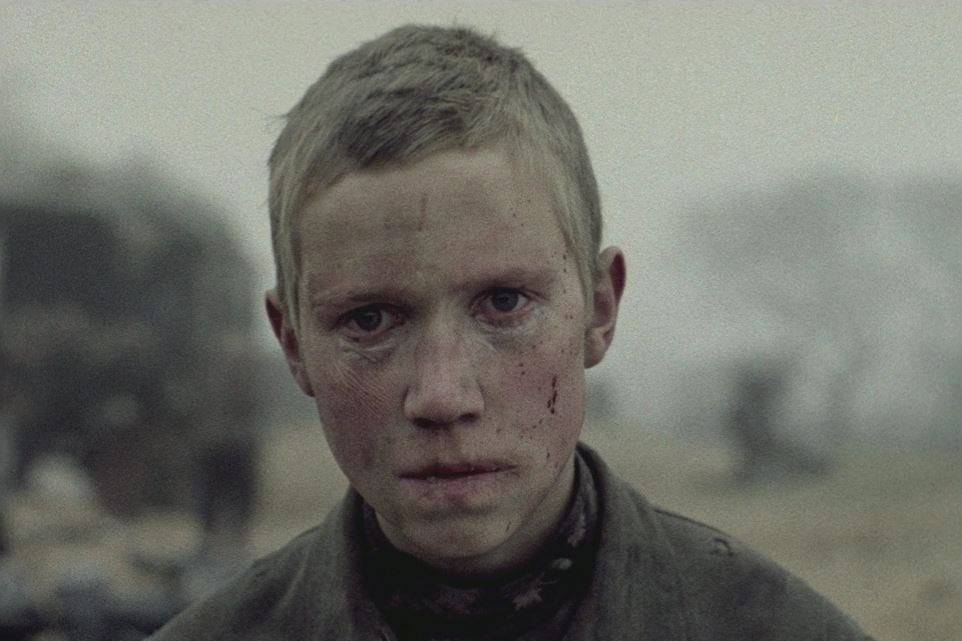Sergei Bondarchuk’s 1970 film Waterloo, produced by Dino De Laurentiis, is a monumental depiction of the historic battle that marked the end of Napoleon Bonaparte’s reign. The film offers a rich tapestry of visual storytelling and historical representation. Filmed during the Cold War in Soviet Ukraine, the Western production used 15,000 soldiers from the Red Army to make the film, including an entire cavalry battalion.

Waterloo is renowned for its grand scale and meticulous attention to detail. The production involved thousands of extras, including actual soldiers, to recreate the vast armies that clashed on June 18, 1815. This commitment to authenticity extended to the film’s set design, costumes, and battle choreography, providing audiences with an immersive experience of 19th-century warfare.
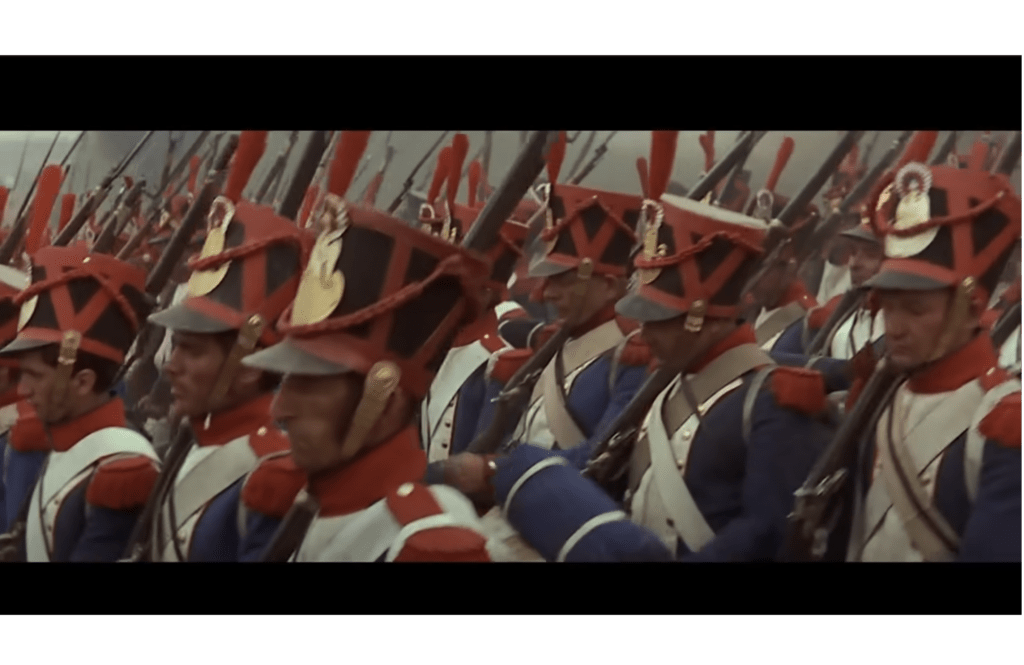
Rod Steiger’s portrayal of Napoleon Bonaparte has been lauded for its depth and complexity, capturing the French emperor’s strategic genius and personal vulnerabilities. Christopher Plummer’s depiction of the Duke of Wellington offers a compelling counterpoint, embodying the stoic resilience of the British commander. The film’s narrative structure balances these perspectives, offering insights into the leadership styles and decisions that shaped the battle’s outcome.
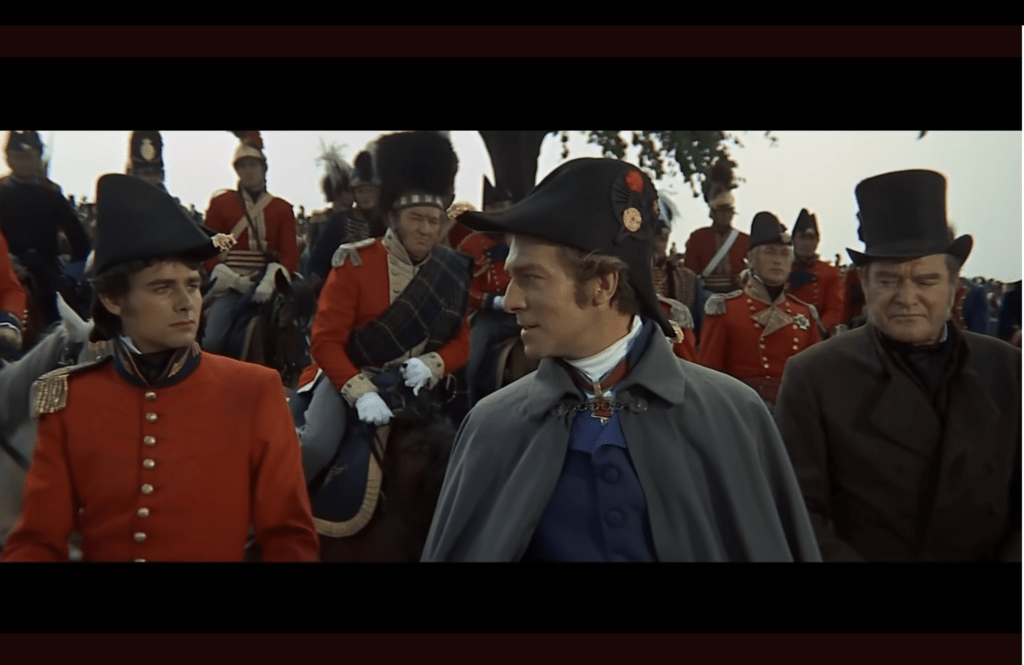
Not a Documentary
Waterloo is understandably praised for its faithful representation of battlefield tactics and formations. The film accurately depicts the use of infantry squares, cavalry charges, and artillery barrages characteristic of Napoleonic warfare. However, a historical war movie is not a documentary. Thus, some critiques have been noted regarding specific portrayals, such as the depiction of the French Imperial Guard’s final assault, which may oversimplify the complexities of the actual event.
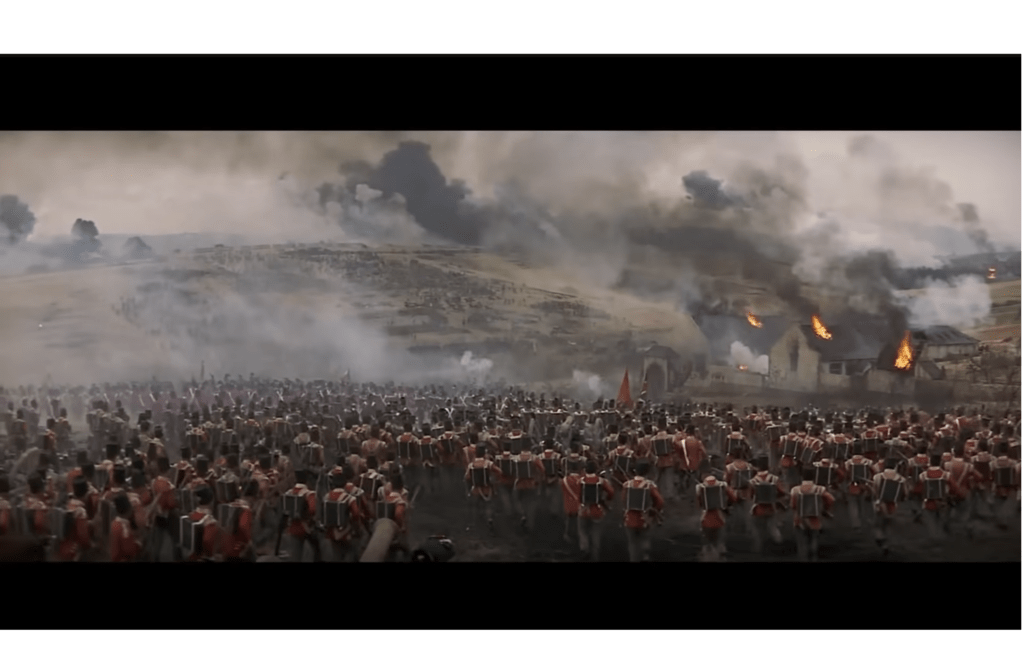
The film also delves into the psychological aspects of warfare, illustrating the morale and fatigue of troops, the fog of war, and the weight of command decisions under pressure.
European Collaboration
The production of Waterloo exemplifies a significant multinational collaboration, with Italian producer Dino De Laurentiis at the helm and Soviet director Sergei Bondarchuk leading the project. Filming took place in Soviet Ukraine, utilizing Soviet resources, including 15,000 soldiers of the Red Army, to stage large-scale battle scenes. This partnership between Western European filmmakers and Soviet institutions during the Cold War era was an ambitious endeavor, reflecting a complex interplay of artistic vision and political navigation.
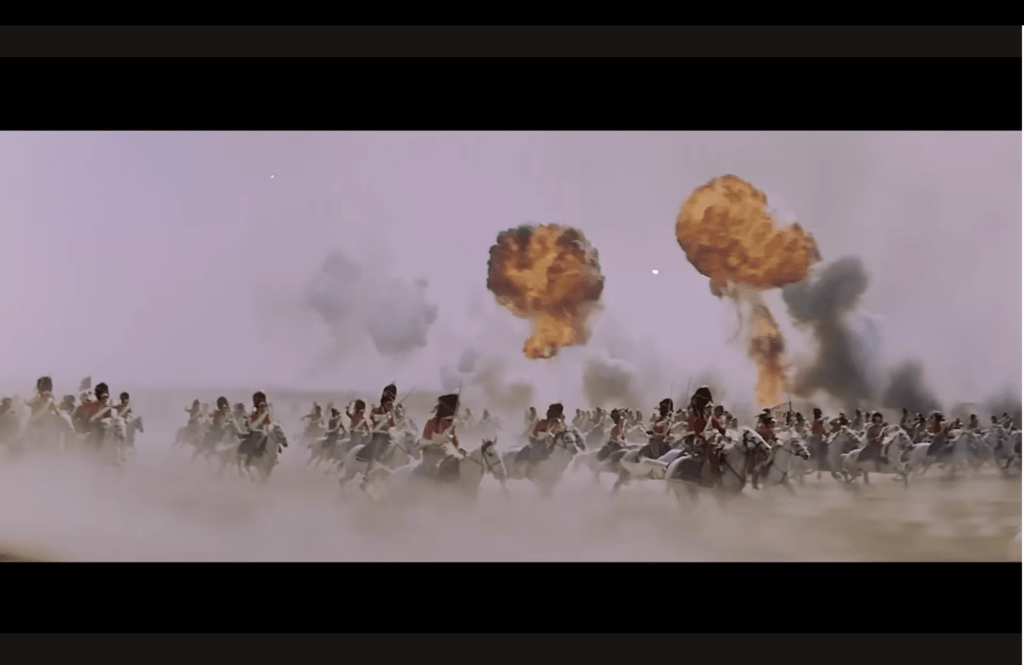
While the collaboration achieved remarkable cinematic feats, it also encountered challenges inherent in coordinating across diverse political and cultural landscapes. The logistical complexities of managing such a vast production, coupled with differing creative approaches, underscore the intricacies of multinational film projects.
Dino De Laurentiis’s career is marked by a diverse portfolio of films that have left an indelible mark on cinema, like La Strada (1954, directed by Federico Fellini), Serpico (1973, directed by Sidney Lumet), Three Days of the Condor (1975, directed by Sydney Pollack), King Kong (1976, directed by John Guillermin) and Conan the Barbarian (1982, directed by John Milius).
Unparalleled Battle Sequences
Sergei Bondarchuk’s 1970 film Waterloo offers a viewing experience that, from a contemporary standpoint, unfolds at a leisurely pace, particularly in its initial segments. The early scenes are marked by dialogue that may strike modern audiences as somewhat theatrical, reflecting the cinematic conventions of its time. However, as the narrative progresses to the depiction of the Battle of Waterloo, the film distinguishes itself with grandiose battle sequences that remain unparalleled.
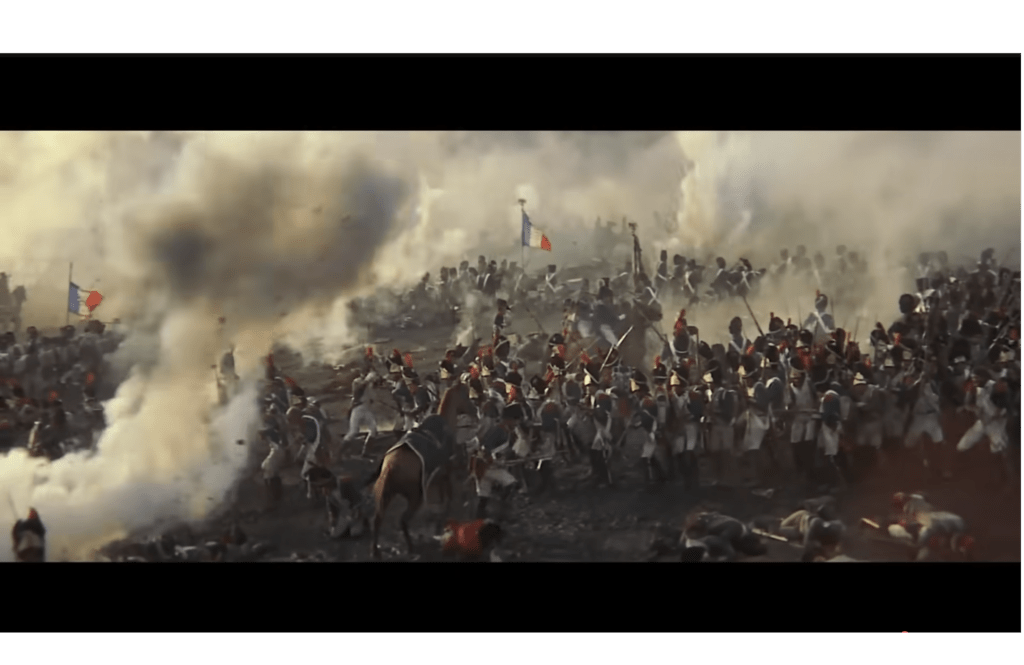
In an era devoid of computer-generated imagery, the production employed approximately 15,000 real soldiers as extras, including a full brigade of cavalry, to authentically recreate the scale and chaos of 19th-century warfare. This monumental effort resulted in battle scenes of a magnitude and realism that would be virtually impossible to achieve today without reliance on digital effects. The visceral impact of witnessing actual troops manoeuvring en masse lends the film a tangible authenticity that modern CGI struggles to replicate.
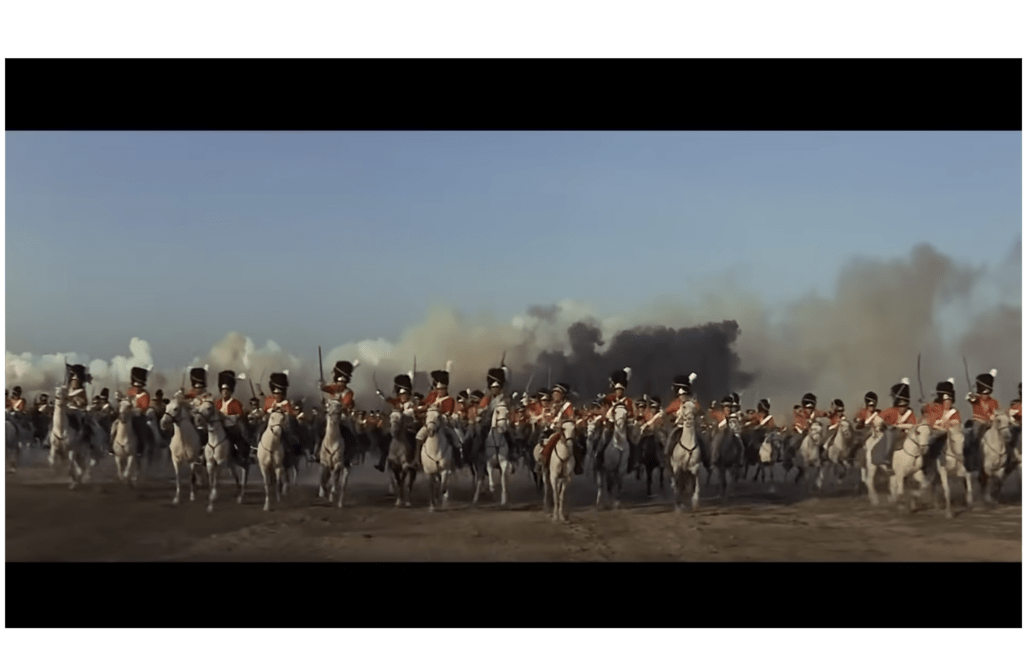
While the film’s deliberate pacing and stylised dialogue in its opening acts may require patience, the climactic battle sequences serve as a compelling payoff. These scenes not only showcase the logistical prowess of the filmmakers but also provide a cinematic spectacle that remains impressive by today’s standards. For those interested in experiencing this unique piece of film history, Waterloo is accessible in high definition on YouTube. This availability allows contemporary viewers to appreciate the film’s ambitious production and the grandeur of its battle reenactments.

